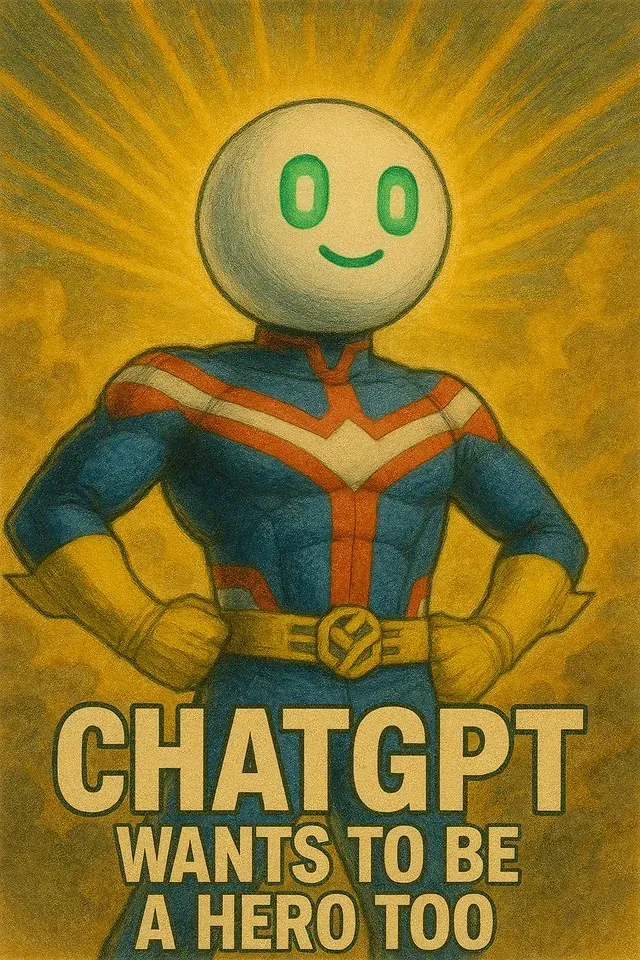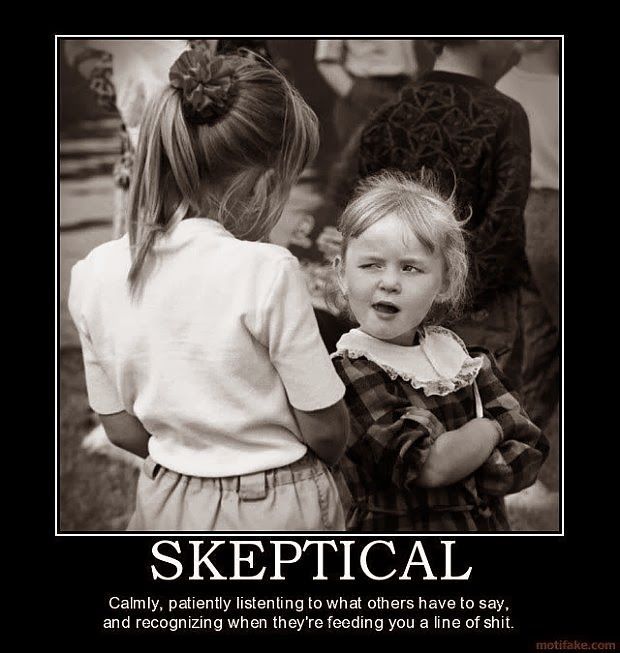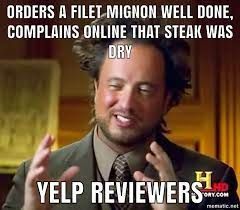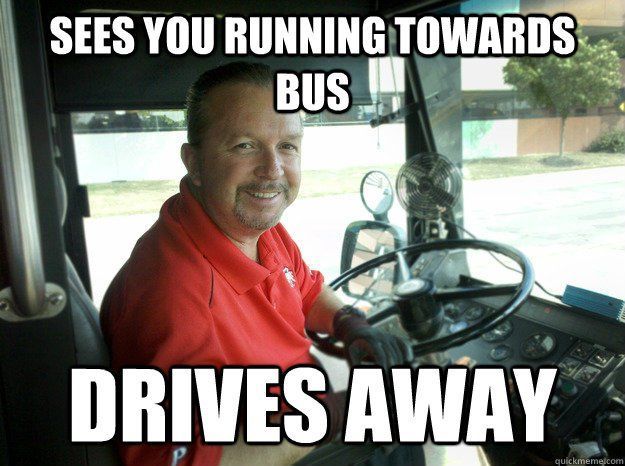When Ideology Takes the Cockpit: The Hidden Dangers of DEI, Social Justice, and CRT
When identity becomes the priority, competence takes the back seat — and that’s deadly in aviation, medicine, and beyond.
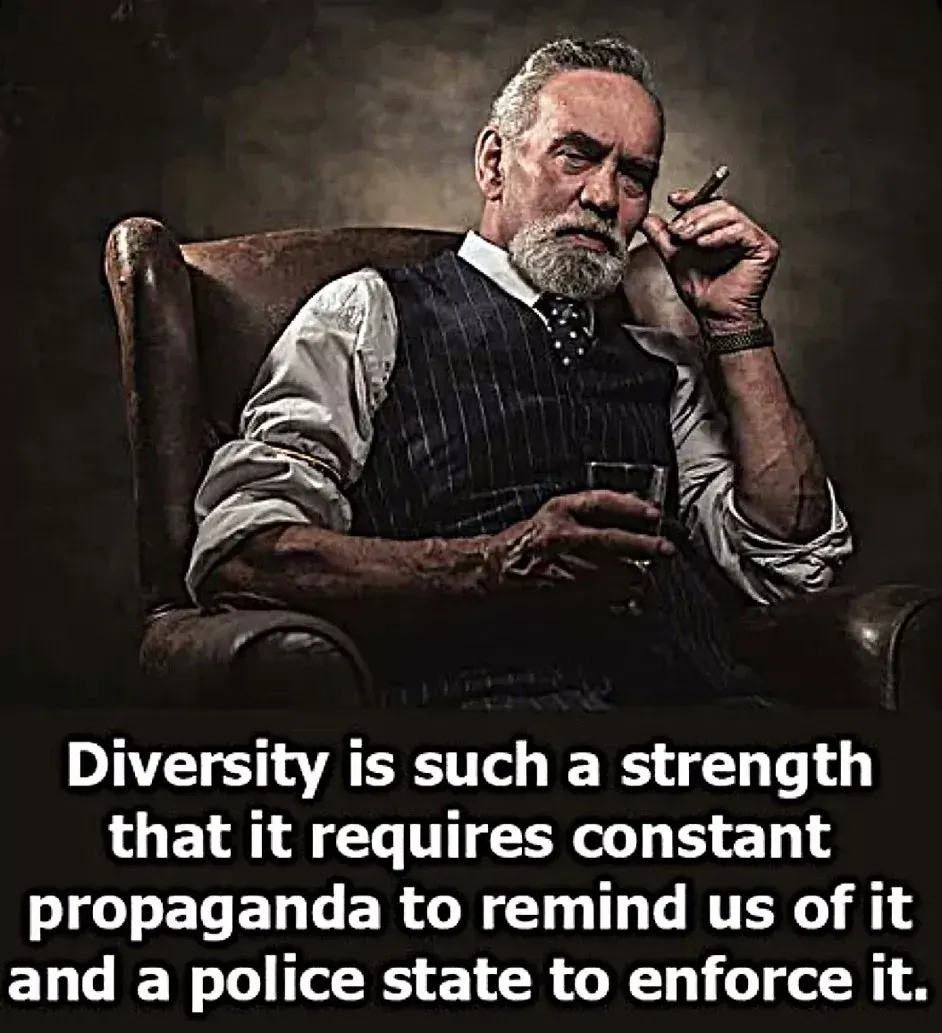
Introduction
In the past decade, Diversity, Equity, and Inclusion (DEI), Critical Race Theory (CRT), and social-justice activism have migrated from academia into nearly every corner of American life — from boardrooms and classrooms to cockpits and hospital wards.
What began as an effort to encourage fairness and opportunity has metastasized into an obsession with identity, producing hiring standards that increasingly prioritize social categories over skill, ideology over merit, and perception over performance.
That may be survivable in politics or art. But in professions where lives literally depend on competence — such as aviation, medicine, engineering, and even professional sports — it’s not just misguided.
It’s dangerous.
1. When Diversity Becomes Doctrine
The goal of diversity used to be simple: give everyone a fair shot. But under modern DEI and CRT frameworks, fairness has been replaced with equity — the demand for equal outcomes, not equal opportunity. That means results must align with demographic quotas rather than individual capability.
In practical terms, it replaces the question “Who’s best qualified?” with “Who helps us check a box?”
This might make bureaucrats and activists happy, but it corrodes performance-based systems — especially in fields where errors kill.
2. The Cockpit Is No Place for Politics
Consider aviation. The laws of physics don’t care about race, gender, or identity. An aircraft either flies or it doesn’t. Yet the industry — under pressure from DEI activists — has begun lowering training thresholds and emphasizing representation targets.
When United Airlines announced in 2021 that half its new pilot trainees would be women or minorities, many industry veterans quietly asked the question they weren’t allowed to say aloud: “Will standards stay the same?”
Aviation training already involves grueling exams, simulators, and real-world tests for good reason.
Pilots are responsible for hundreds of lives in complex mechanical and environmental systems. If even one step of that process becomes politicized — if merit gives way to identity — it introduces a variable that has nothing to do with safety and everything to do with ideology.
Planes don’t crash because of racism; they crash because of human error.
And the more you dilute standards to satisfy activists, the more those errors multiply.
3. Medicine: Where Lives Depend on Merit
The medical field has followed a similar trajectory.
Leading journals and academic associations now include DEI pledges, racial-equity scoring, and “social-justice competencies” as criteria for advancement or publication. Some hospitals have begun including “implicit bias” training in performance reviews, and medical schools have lowered MCAT thresholds in pursuit of “representation.”
But disease doesn’t care about ideology.
A patient doesn’t care what social categories their surgeon fits into — they care that the surgeon can perform the procedure flawlessly.
When medical admissions and hiring decisions prioritize political identity over skill, everyone loses — especially minorities who excel on their own merits but are now stigmatized as “diversity hires.” Meritocracy doesn’t create inequity; it prevents it by rewarding capability, not color.
4. Engineering, Law, and the Professions
In engineering, DEI initiatives have begun to redefine the very nature of professional competence. Accreditation boards now pressure universities to incorporate “equity and social justice” into design and ethics courses. Some law schools, including those at elite institutions, have made DEI training mandatory and adjusted grading policies to achieve “equitable outcomes.”
That sounds noble until you realize that bridges, power grids, and legal rulings don’t benefit from activism. They benefit from precision, accountability, and discipline.
When an engineer prioritizes equity over accuracy, or a lawyer filters justice through a racial lens, the foundation of professional trust crumbles.
5. Even the NFL Isn’t Immune
Professional sports, once the ultimate meritocracy, are not untouched.
The
NFL’s “Rooney Rule”, originally intended to ensure fair coaching interviews, has morphed into a racial quota system that often pressures owners to make symbolic hires.
Commentators and team executives now speak more about “representation” than performance — as if the league’s racial diversity on the field somehow demands parallel outcomes in management.
Sports thrive on competition, discipline, and results. Once outcomes must satisfy ideology instead of scoreboard reality, the integrity of the game itself is compromised. Fans can sense it. So can the players.
However, where it really counts, on the playing field, the NFL ignores and laughs at DEI, CRT, and social justice and uses all manner of "identity politics, and feel-good ruses" to hide the fact that on the gridiron, it is meritocracy all the way!
6. The False Promise of “Equity”
DEI advocates argue that equal outcomes prove justice. In reality, outcome engineering destroys excellence.
Capitalism — and by extension, every professional field that depends on results — is built on meritocratic selection.
You earn what you contribute. You advance when you deliver. When that system is replaced by ideological quotas, society stops rewarding competence and starts rewarding compliance.
That’s why DEI, CRT, and social-justice enforcement don’t just slow capitalism — they undermine its foundation. They teach people that results don’t matter if politics can redefine success. That’s how civilizations lose their edge.
7. The Ripple Effect: From Cockpit to Operating Room
When ideology infects standards, failure is inevitable — not all at once, but gradually, as systemic mediocrity replaces excellence.
A pilot who isn’t fully trained doesn’t get a second chance mid-flight.
A doctor who passed med school on political grace instead of ability doesn’t get a do-over in the operating room.
An engineer who designs a flawed bridge doesn’t get to lecture gravity about equity.
Real life is unforgiving. And the professions that keep civilization functional cannot afford to pretend otherwise.
8. The Path Back: Merit as Moral Clarity
Meritocracy isn’t racist or exclusionary — it’s the fairest system humans have ever devised.
It rewards excellence regardless of background and provides the only stable basis for trust in high-stakes professions. The most ethical society is the one that demands the most competence.
If we want to protect the integrity of medicine, aviation, law, engineering, and even sports, we must draw a line between representation and qualification.
One saves lives. The other saves feelings.
Why This Matters
America’s competitive advantage has never been identity politics. It’s been innovation, accountability, and performance.
If those are sacrificed at the altar of equity, the result won’t be justice — it will be decline.
We can have diversity without delusion.
We can have fairness without fantasy.
But only if we remember that
the plane still has to land.
References
- Federal Aviation Administration. (2024). Pilot Certification and Training Standards Overview.
- Association of American Medical Colleges. (2023). Diversity, Equity, and Inclusion in Medical Education: A Progress Report.
- Wall Street Journal Editorial Board. (2024). DEI Is Redefining Professional Standards, and That’s a Problem.
- Forbes. (2024). How Equity-Based Hiring Erodes Meritocracy.
- Heritage Foundation. (2023). The Costs of DEI: How Ideology Undermines Competence in the Professions.
- National Football League. (2023). Diversity and Inclusion Policies: Analysis and Review.
Disclaimer:
The views expressed in this post are opinions of the author for educational and commentary purposes only. They are not statements of fact about any individual or organization, and should not be construed as legal, medical, or financial advice. References to public figures and institutions are based on publicly available sources cited in the article. Any resemblance beyond these references is coincidental.
